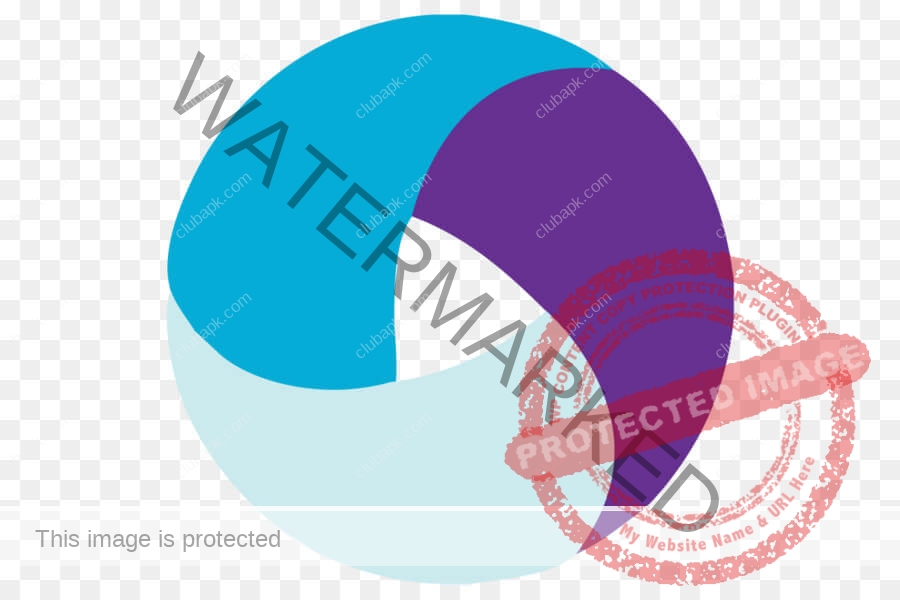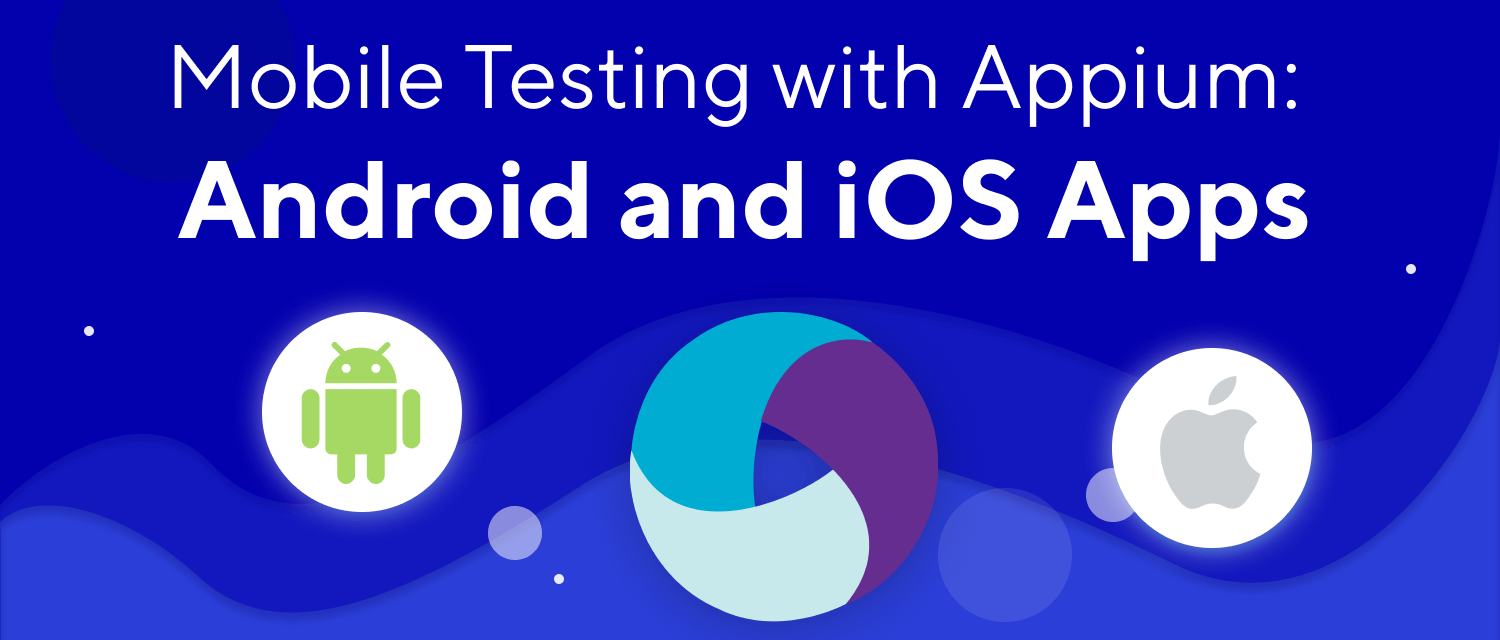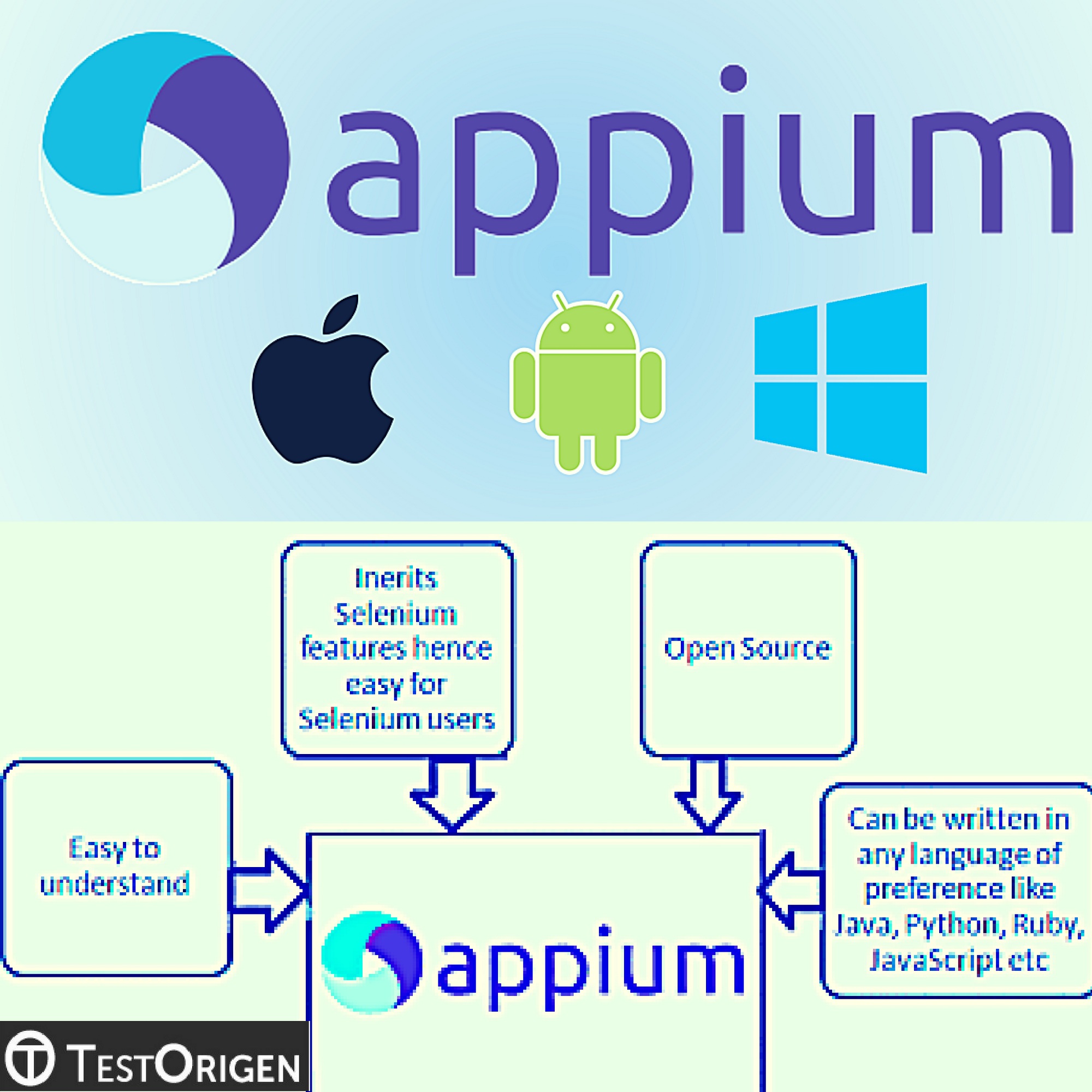

If you Install Appium server successfully in your machine then further testing processes will not take much time, which simply means that test engineers initially gets trouble in setting up appium server.


Today we are going to discuss the guide to Install Appium in your machine so that you could start with the mobile automation. In the previous tutorial, we discussed the introduction to Appium and its architecture. If you don't yet have an account create it now to obtain your key. You can find your API key under the user menu located at the right hand side of the test manager toolbar. If any screenshot mismatch its baseline image in a perceptible way, eyes.close() will throw a DiffsFoundException which includes a URL that points to a detailed report where you can see the detected differences and take appropriate actions such as reporting bugs, updating the baseline and more.īefore running the test, make sure to set the API key that identifies your account in the environment variable APPLITOOLS_API_KEY or directly assign it to the eyes.api_key property. The first time you run this test a new baseline will be created, and subsequent test runs will be compared to this baseline. It consists of two visual checkpoints, each validating the entire application window. The test below is a simple program that visually validates the Hello World web-page at. Starting from the second run onward, you always have a baseline to compare against. The first time you run a test in a given environment, its screenshots will be automatically saved as its baseline.

By default, the Eyes SDK detects the environment in which the application is running (namely, the operating system, the type of browser and its viewport size) and compares the screenshots against baseline images that are specific to that environment. Applitools Eyes reports differences by comparing screenshots of your application with baseline images that define the expected appearance of the application at each step of the test.


 0 kommentar(er)
0 kommentar(er)
